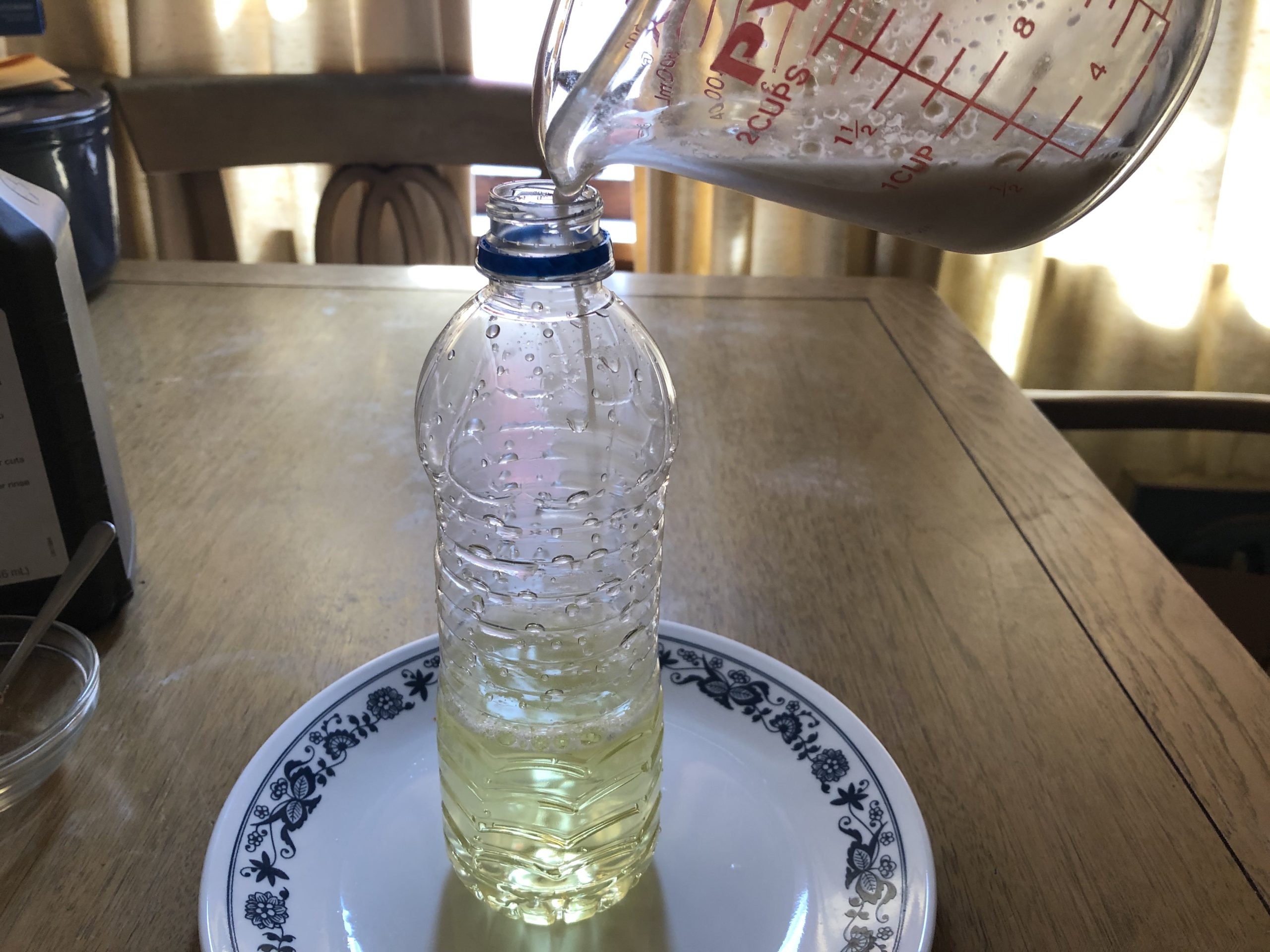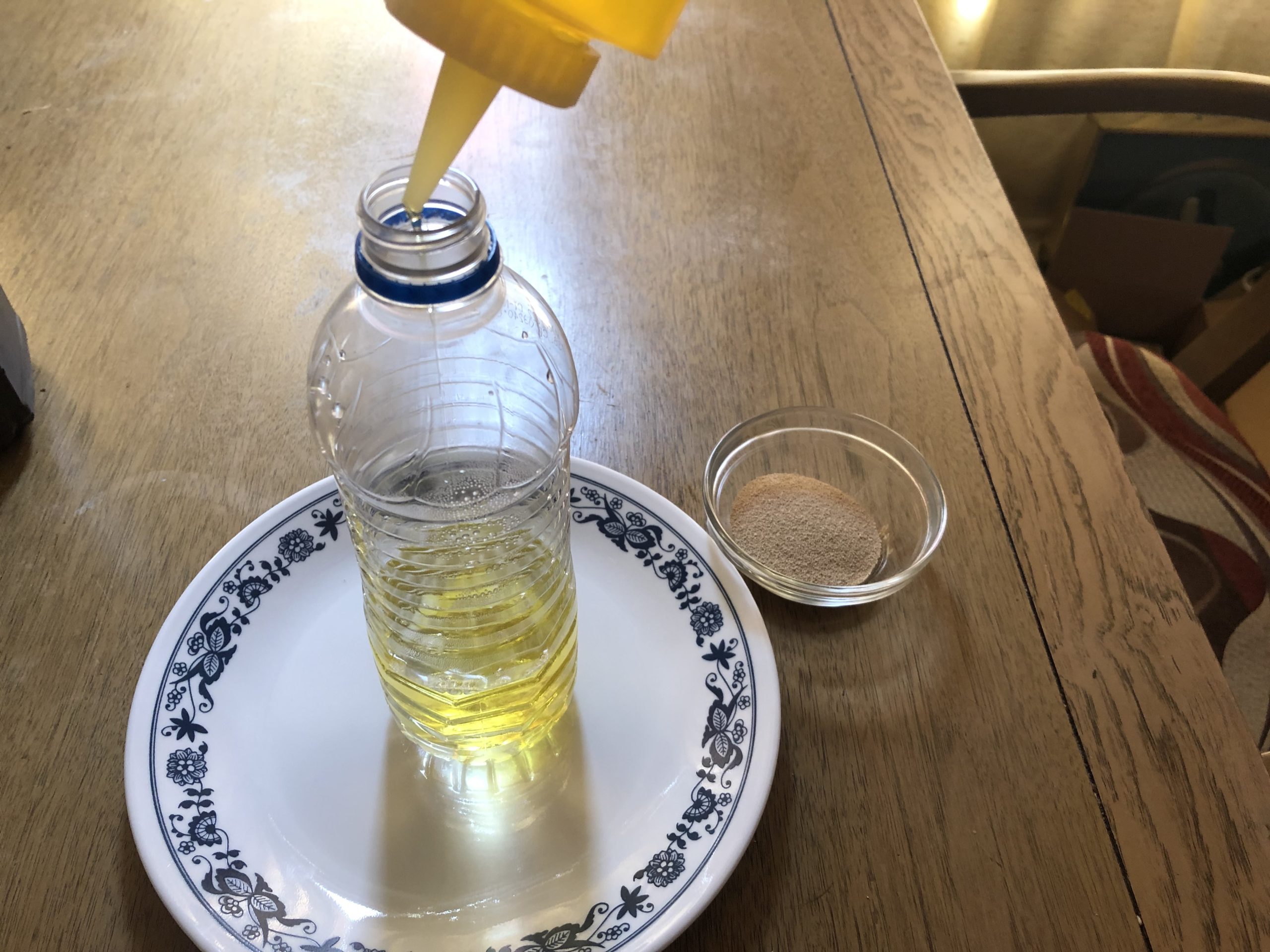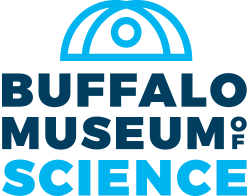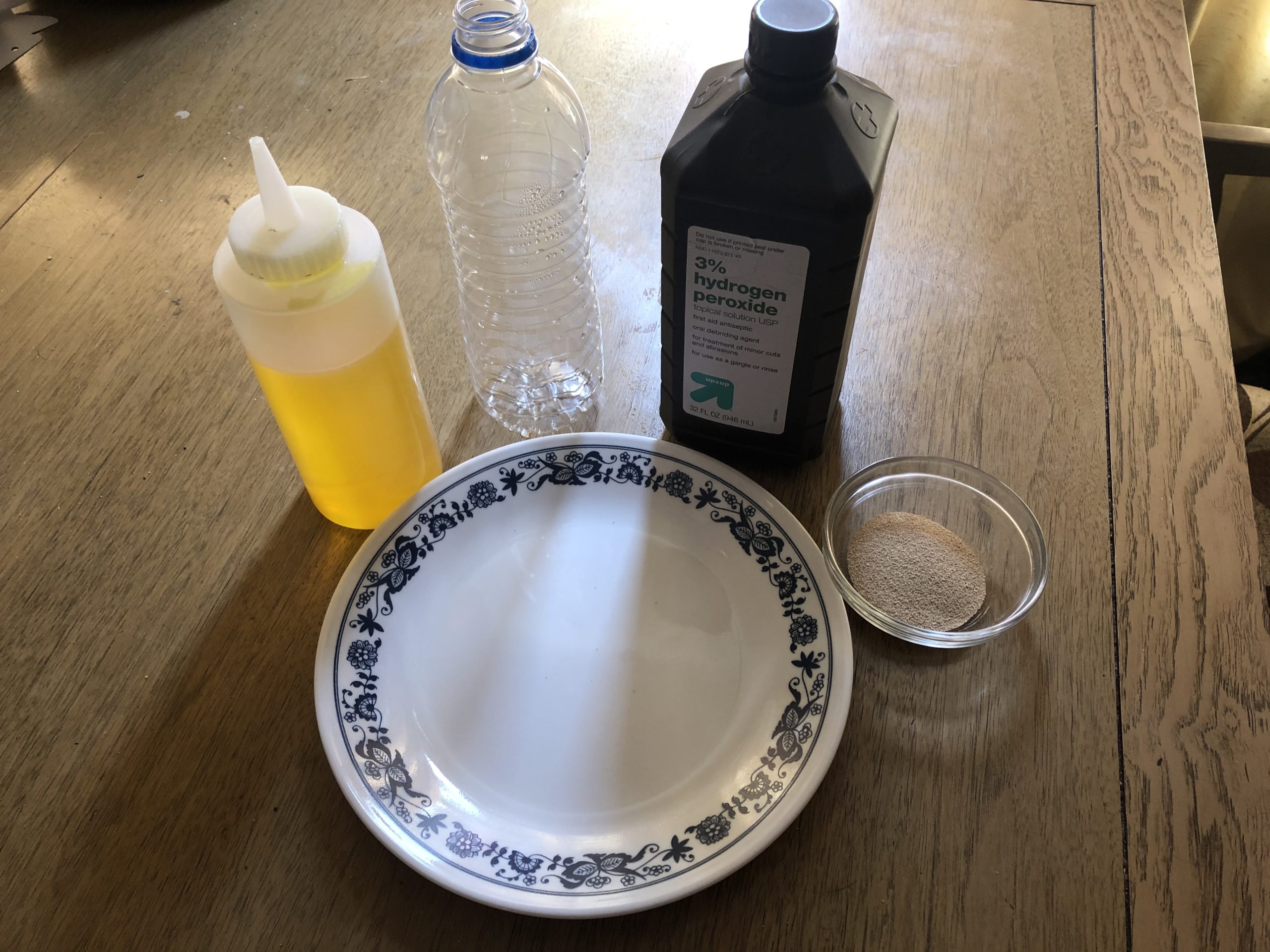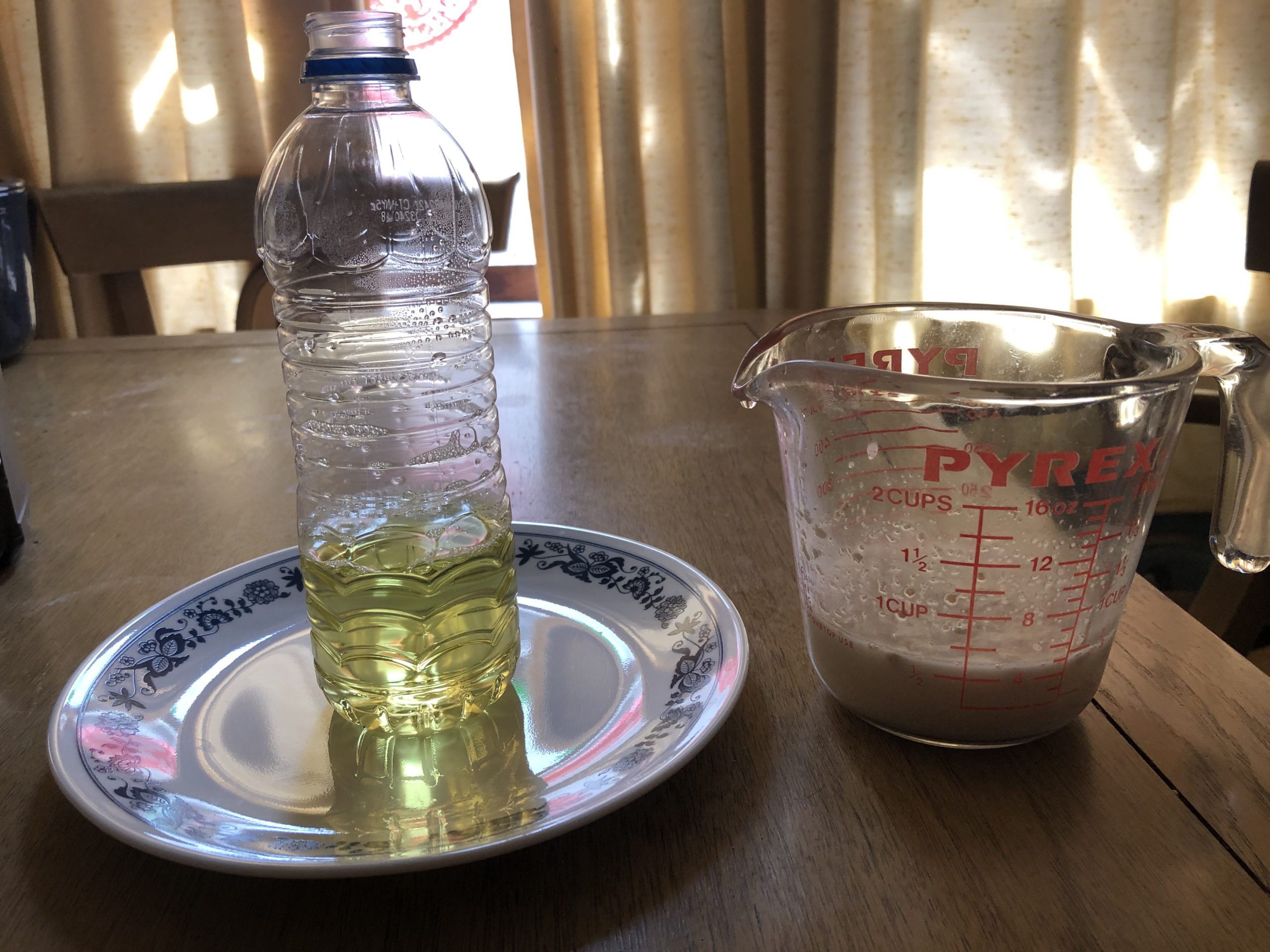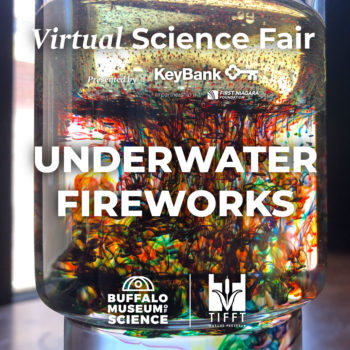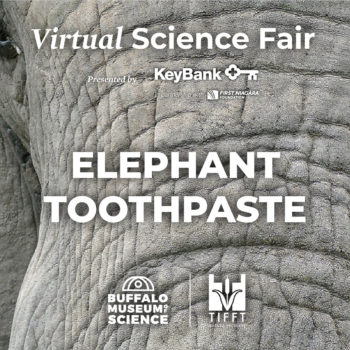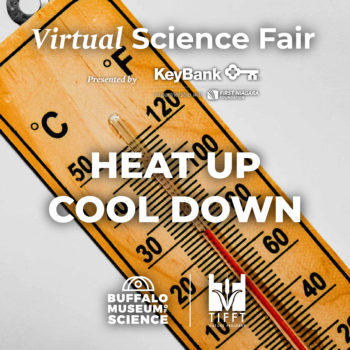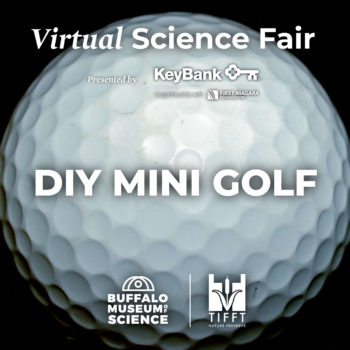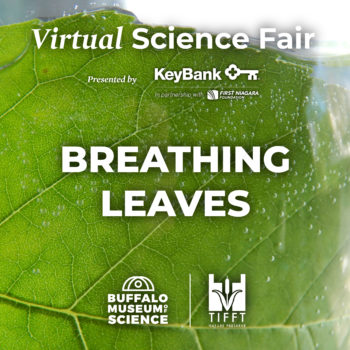Elephant Toothpaste

Have science fun as a family! Complete activities with parental supervision.
Materials:
- 3% hydrogen peroxide (Warning: keep this out of your eyes, as it is an irritant)
- A clean, empty bottle
- Liquid soap
- Yeast (1-2 packets)
- Plate or tray to catch drips
- 1/2 cup warm water
- Measuring cup
- Optional: Food coloring
- Recommended: Safety glasses
Procedure
- NOTE: Though this activity looks like toothpaste, do not use it as toothpaste!
- Make sure you do this experiment somewhere where spills aren’t a problem—even outside!
- Measure and pour about 1/2 cup of hydrogen peroxide into the bottle.
- Add a couple squirts of dish soap into the bottle and gently mix with the hydrogen peroxide.
- Optionally, add some food coloring and swirl gently.
- In the measuring cup, mix the yeast with 1/4 cup of warm water. Stir for about 15-30 seconds.
- Pour the yeast mixture into the bottle and step back!
- Be sure to take a picture or video to share in the Facebook comments on the Buffalo Museum of Science or Tifft Nature Preserve pages!
What’s it all about?
Hydrogen peroxide is used for many things—it is a common antiseptic and is in a lot of cleaners. Stronger concentrations are even used to bleach hair!
But what is hydrogen peroxide? It’s chemical formula is H2O2, so every molecule has two hydrogen atoms and two oxygen atoms. This is super close to H2O, or water!
When hydrogen peroxide breaks down, it turns into oxygen (O2)) and water (H2O). In this experiment, the yeast is the catalyst that breaks it down. So, as the oxygen molecules are formed by the reaction, the soap bubbles capture them and it creates a lot of foam!
This type of chemical reaction is called decomposition—one molecule is broken down into smaller parts. Decomposition reactions also release heat, so the foam created will feel warm!
Try It!
- Try it again, but just put the yeast into the bottle—don’t mix it with the water. Does it change the resulting reaction?
- Does the shape of the bottle change how the reaction progresses? Try it out!
- Try the experiment without soap—how is it different?
